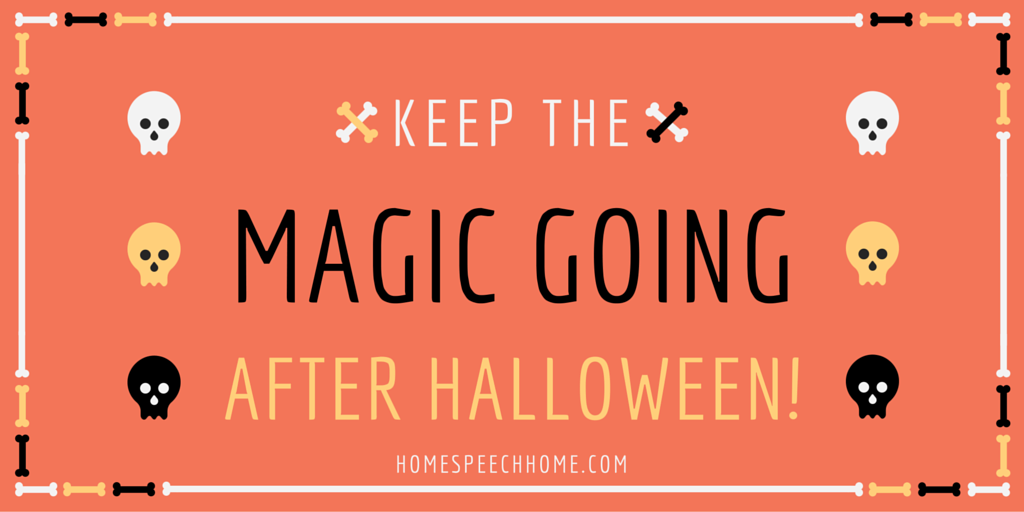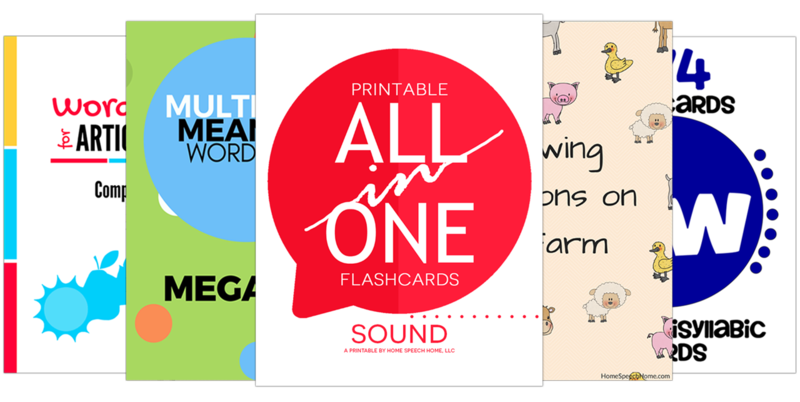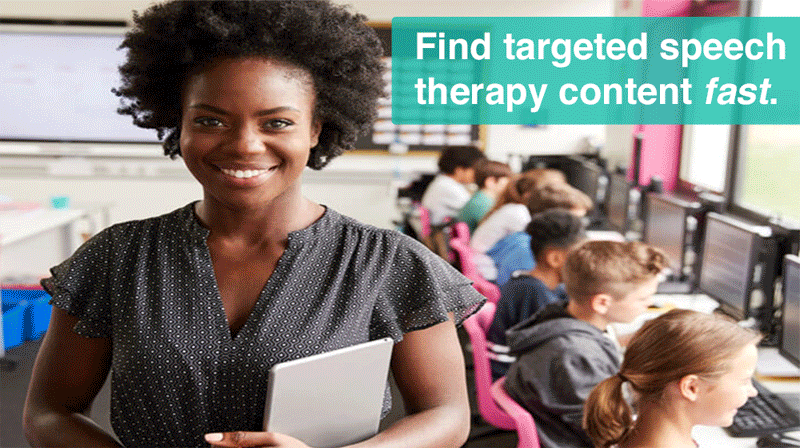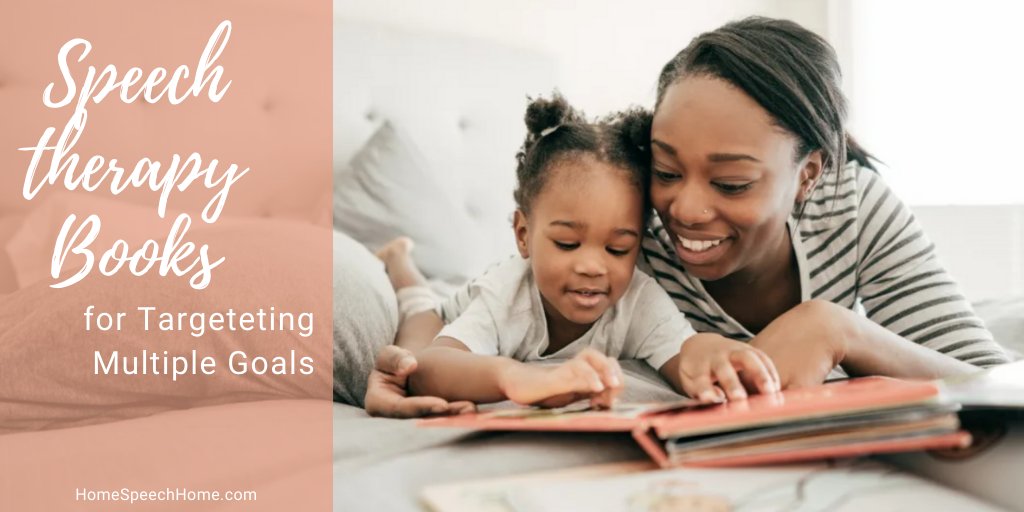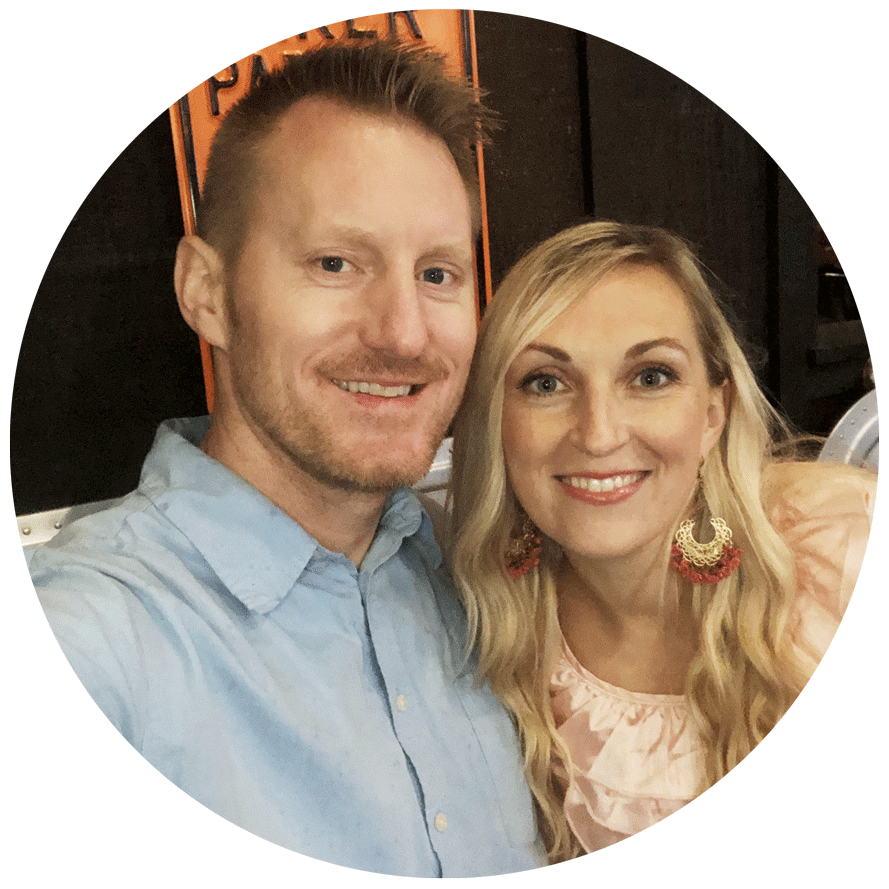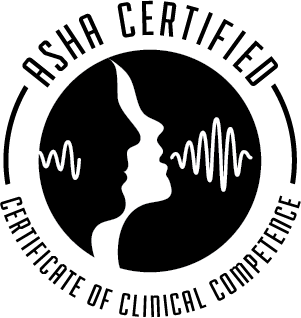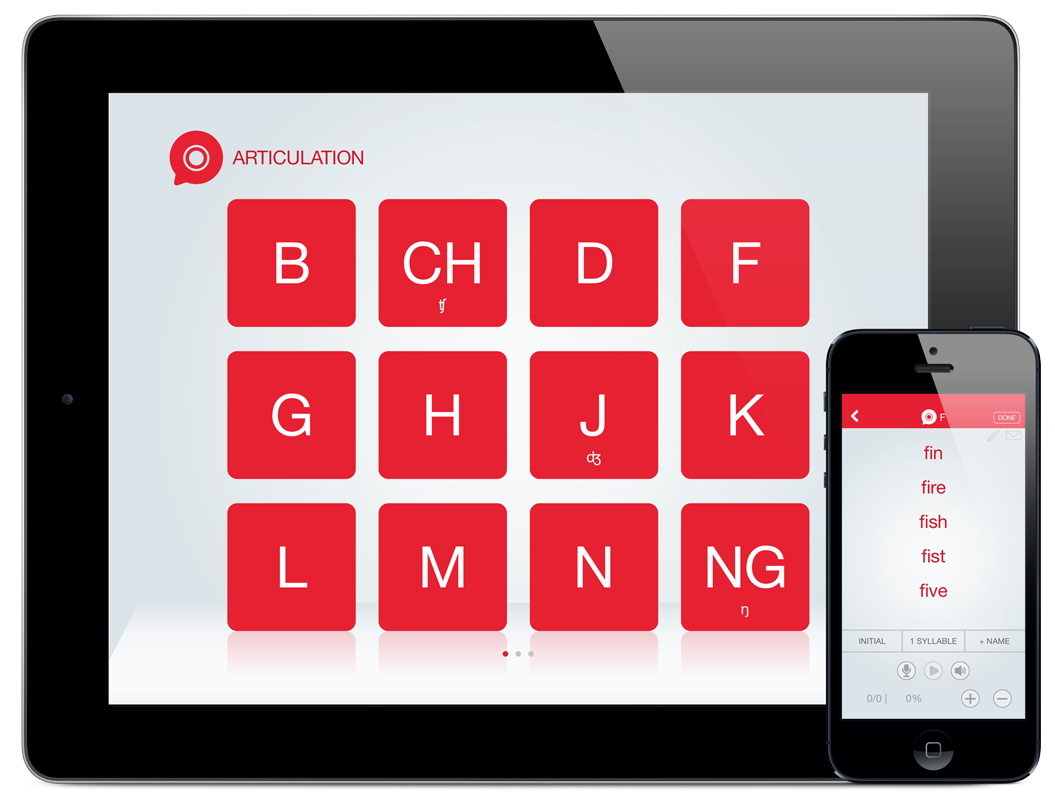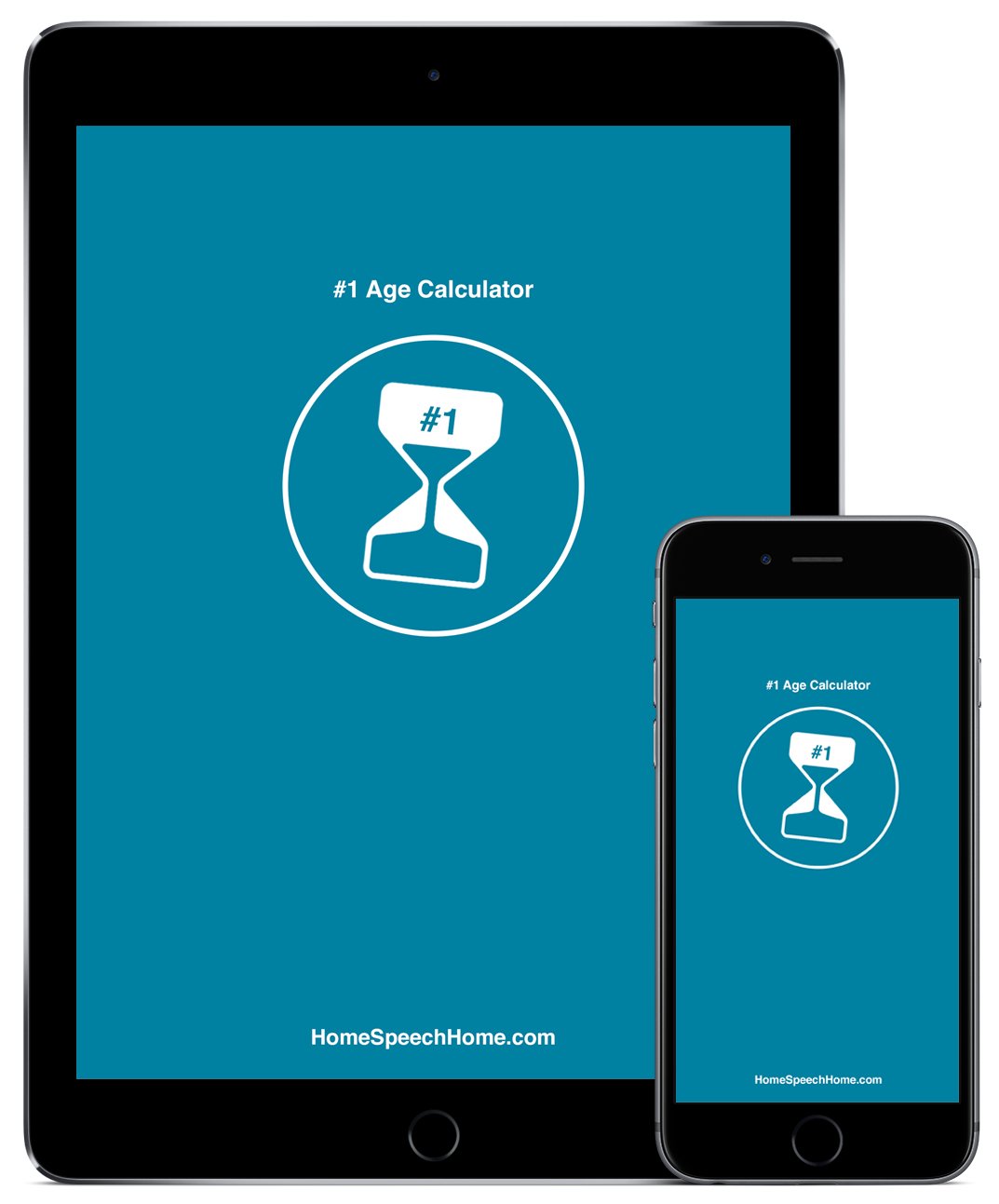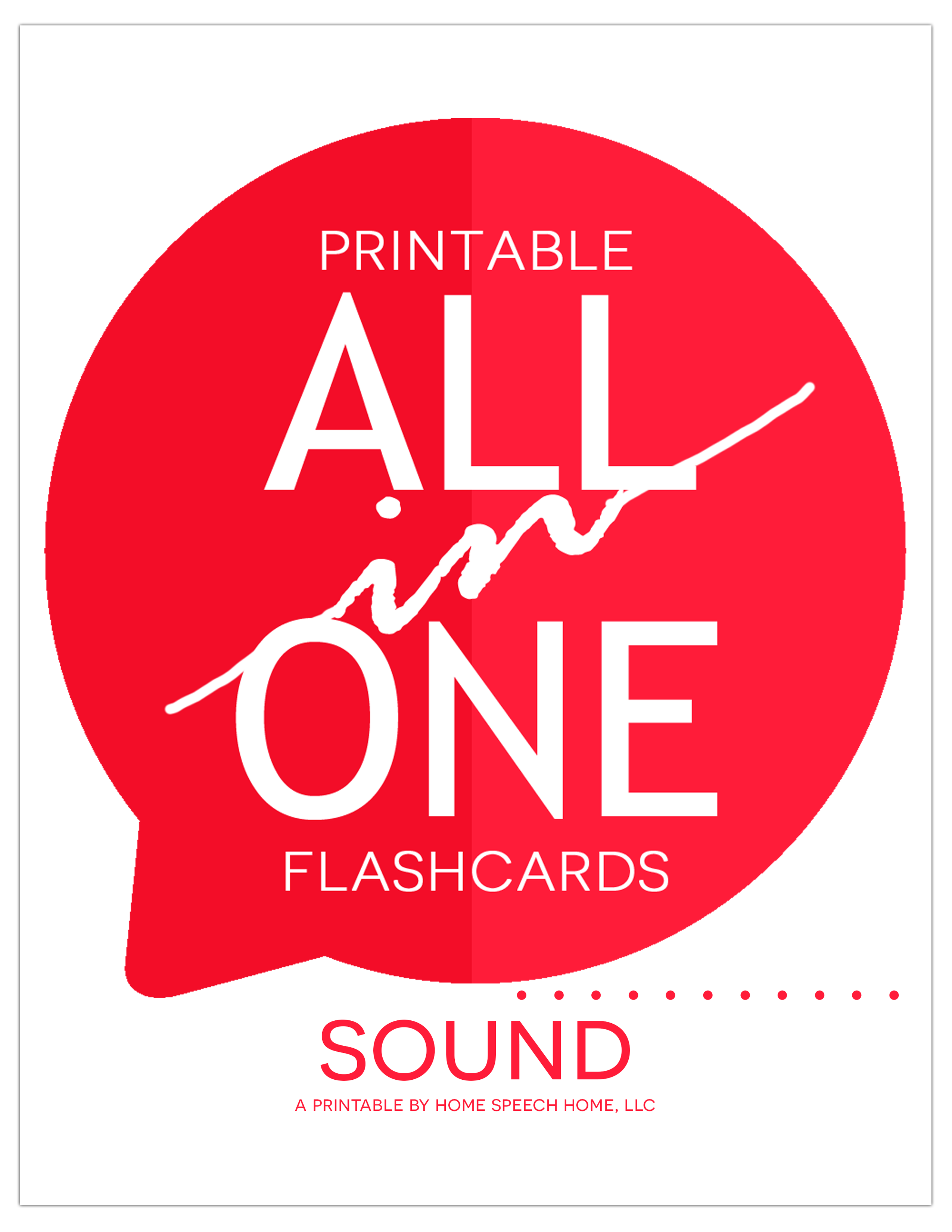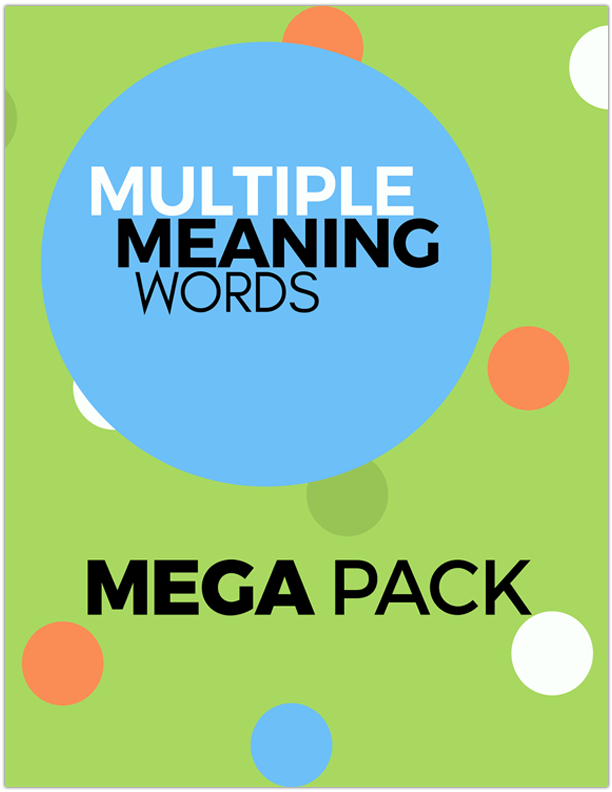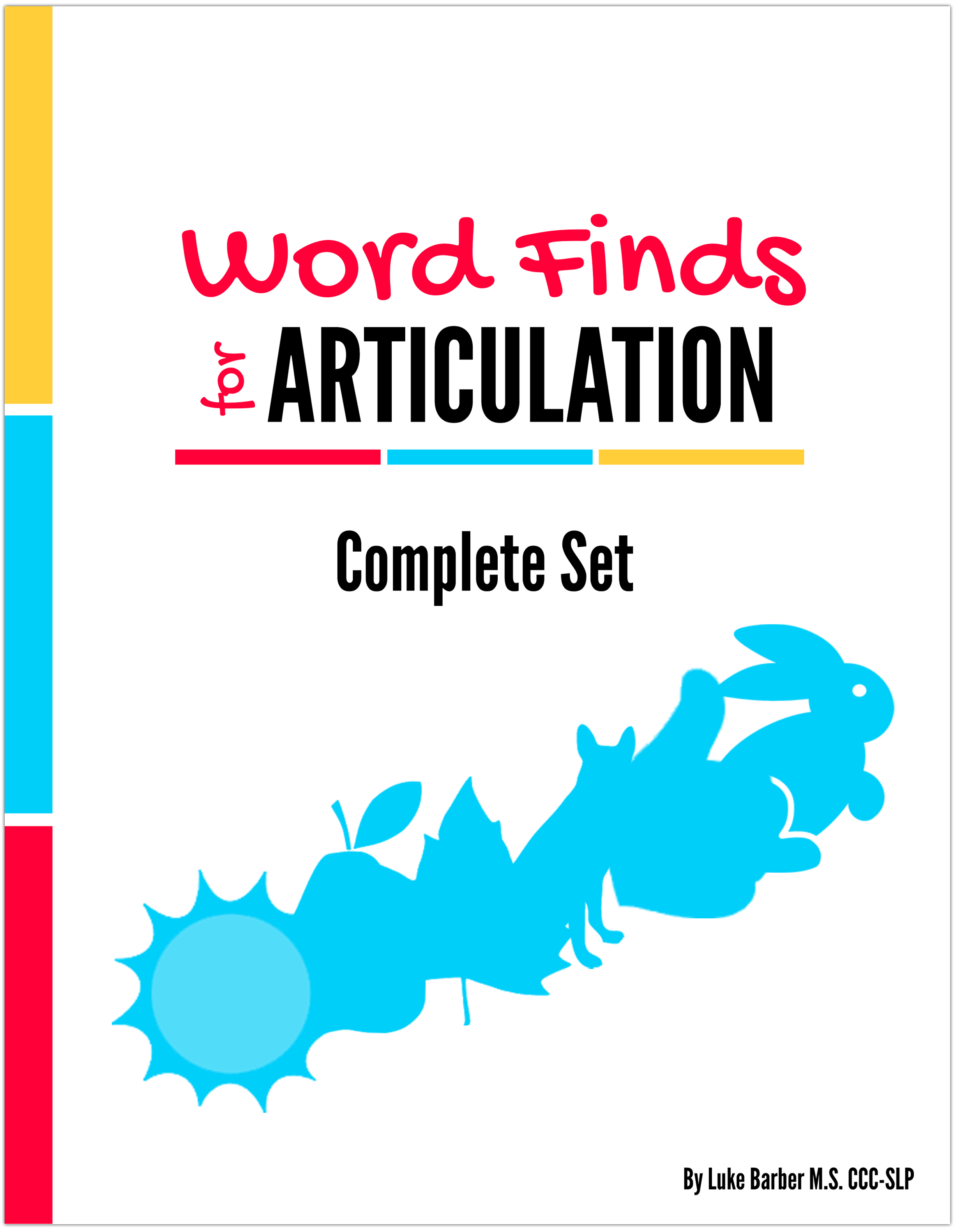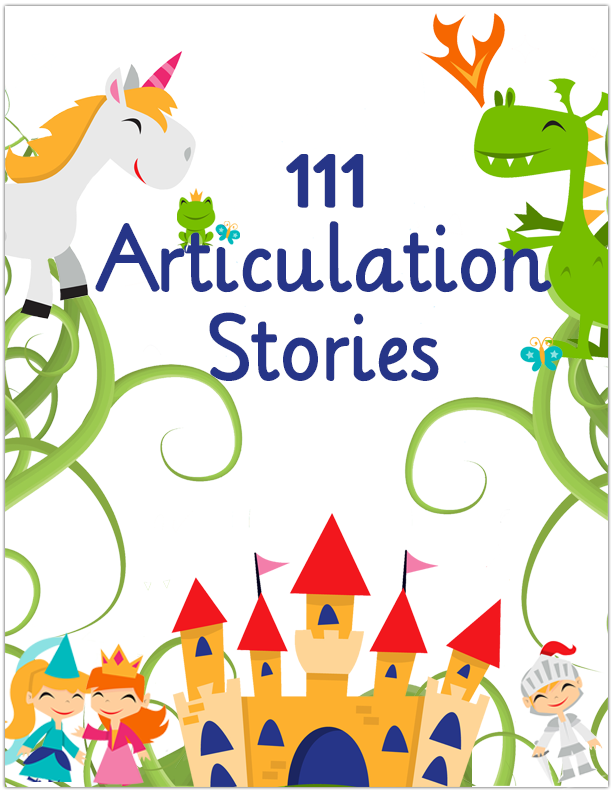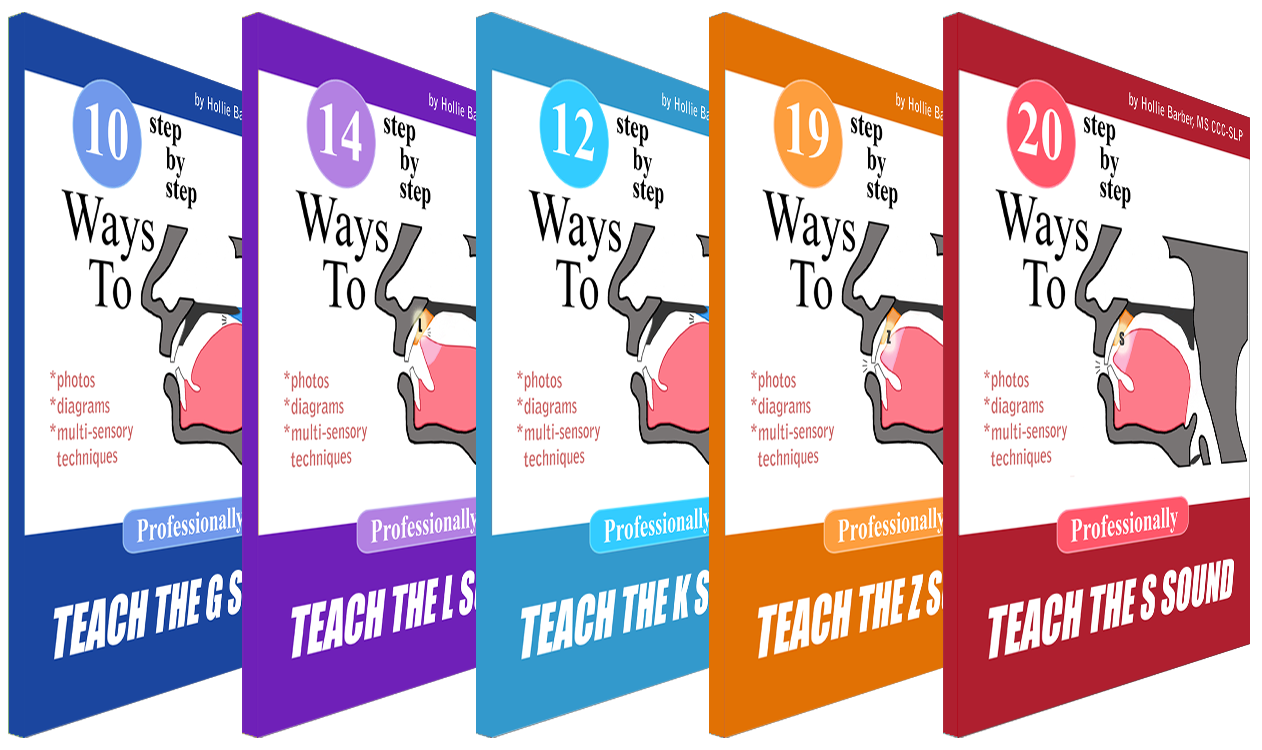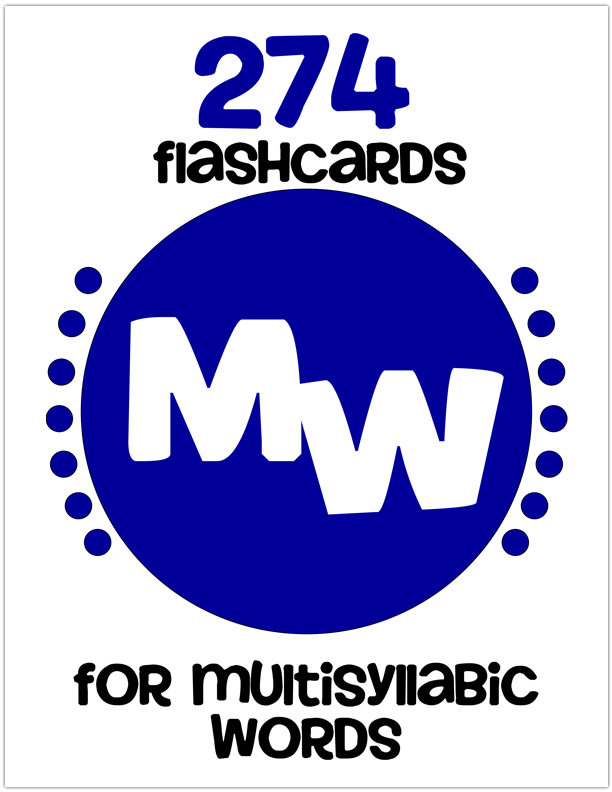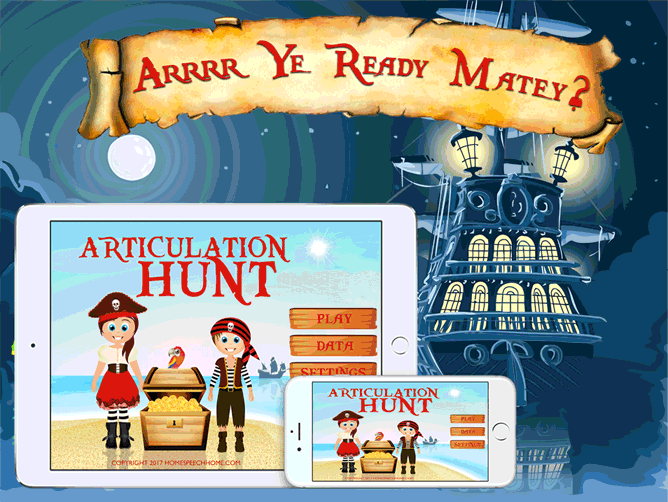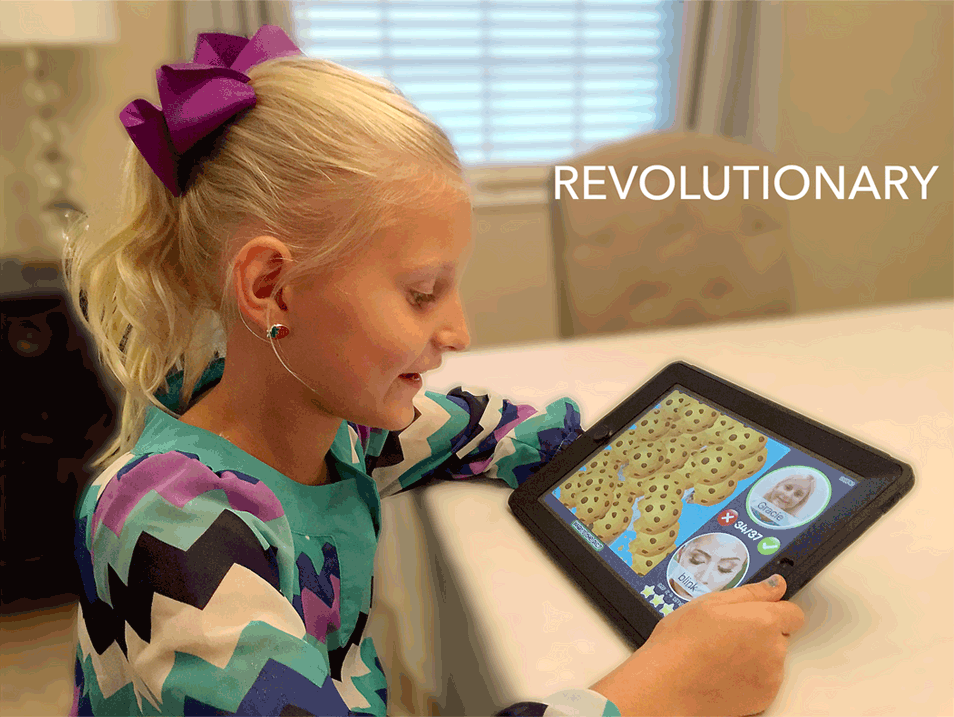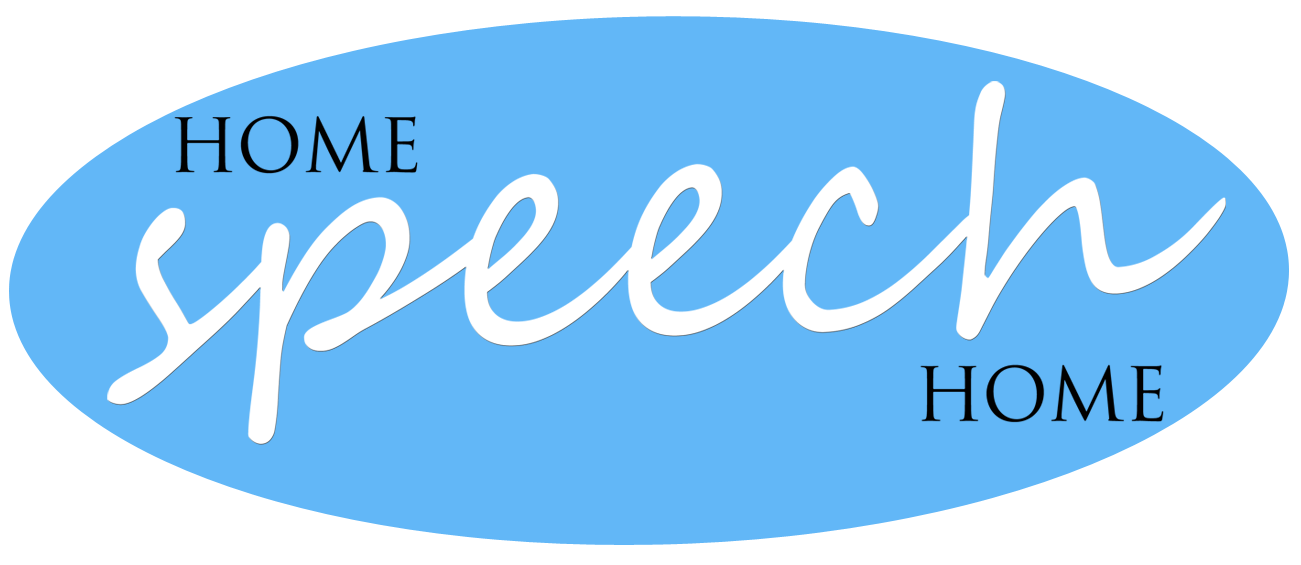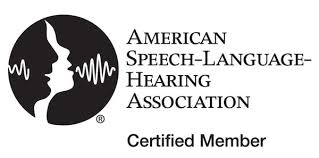Keep the Magic Going
After Halloween
What do you have left when Halloween is over?
That’s right… candy and pumpkins, and hopefully good memories, not scary ones.
We’re here to help you capitalize on these things before Thanksgiving and Christmas conversations take over.
Explore Our Goal Achieving, Client Centered Products
Compare, Contrast, and Categorize Candy
(The Quadruple C)
I have a secret!
I like to sort Halloween candy more than I like to eat it.
I divide it up into chocolate, chewy, and sucking candy first. Then I subcategorize it into candy bars, suckers, and miscellaneous.
And then my favorite candies create a winning circle and my least favorite get banished to the group to "trade for later."
After doing this three times already with my children, and without consuming any candy, I thought what a great therapy activity this would be.
Use this activity with all ages and talk about similarities and differences. Discuss the qualities, likes, and dislikes of each candy. Maybe even trade a few pieces to practice social skills.
Your students can bring in their candy or, better yet, use your left over candy and it won’t go to your hips!
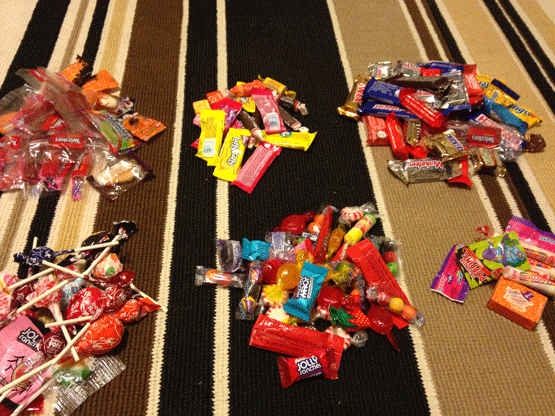
SEE ALSO: The Best Free App for Speech Therapy
Pumpkin Play
- Target pronouns "his/her/I/you/your/they" and adjectives by giving every person a pumpkin and taking turns talking about them.
Example: "I have a big pumpkin." "Her pumpkin is bumpy." "His pumpkin is heavy." "Your pumpkin is smooth." - Teach superlative adjectives by lining up several pumpkins from biggest to smallest.
Act as judges and give prizes or award papers to each pumpkin for being the "bumpiest, smoothest, curviest, biggest, smallest, etc."
You can also teach cooperation skills and use comparative adjectives such as "smoother, bumpier, uglier, etc." - Body parts can be taught to younger children by using the pumpkin like a Mr. Potato Head (also a great therapy tool).
Make body parts from construction paper and pin, staple, tape, or glue them on your pumpkin. Don’t forget to name him. I like "Jack." :) - Work on comprehension and build background knowledge by reading about pumpkins in a book or dictionary and create a fact chart.
Learn how to make pumpkin pie from real pumpkins.
Sequence the directions on paper or follow this recipe to make pumpkin mousse together.
SEE ALSO: The Best Books for Speech Therapy Practice
- Turn pumpkins into characters by letting each child decorate the pumpkin to look like a person.
You could have a pumpkin daddy, mommy, and baby or superhero, princess, and alien.
I suggest staying away from popular TV characters to obtain more novel, imaginative language. Use the pumpkins all month long to create characters, stories, and work on narrative skills and memory/story recall.
Help the pumpkins act out the stories and converse to improve social skills such as eye contact, turn-taking, and topic maintenance.
You might even have a pumpkin dance! - Preposition pumpkins are one of my favorite pumpkin activities.
Here is a video of me and my daughter (circa 2011) in the pre-linguistic stage learning prepositions.
It’s also a good example of how to teach and play with a child who is not talking yet.
When teaching a toddler or older-aged child, use all the prepositions listed on our site.
Demonstrate each preposition with the pumpkin using your surroundings and see if the child can copy you.
Then check for understanding by having the child place the pumpkin in the correct place for each preposition. Then let the child be the teacher and tell you where to put the pumpkin.
This allows him/her to practice using prepositions in speech.
- Pumpkin Bowling! Can’t forget this one. I like to use 10 water bottles and tape a target word for articulation or language to each one.
Set the bottles up in the bowling triangle and let the games begin! Or use a bowling set like this one all throughout the year and just change the words out.
Have the child roll or "hurl" a pumpkin down the floor at the bottles and then say each word that is knocked down and set the bottles back up to do it again. - Finally celebrate Thanksgiving with a Pumpkin Turkey and teach the important social skill of gratitude!
Cut out colored paper feathers and write something you are thankful for on each one. Stick them in the pumpkin with toothpicks and add googley eyes. Walah! One fat, grateful turkey and many grateful, proud children.
You could have each of your students do one feather while building knowledge around Thanksgiving and then stick all of the feathers in one large pumpkin to watch over your room.
Now go make some magic!
Activities and Product Discounts, Oh My!
Sign up for Terrific Therapy Emails
Your information is 100% private & never shared.
